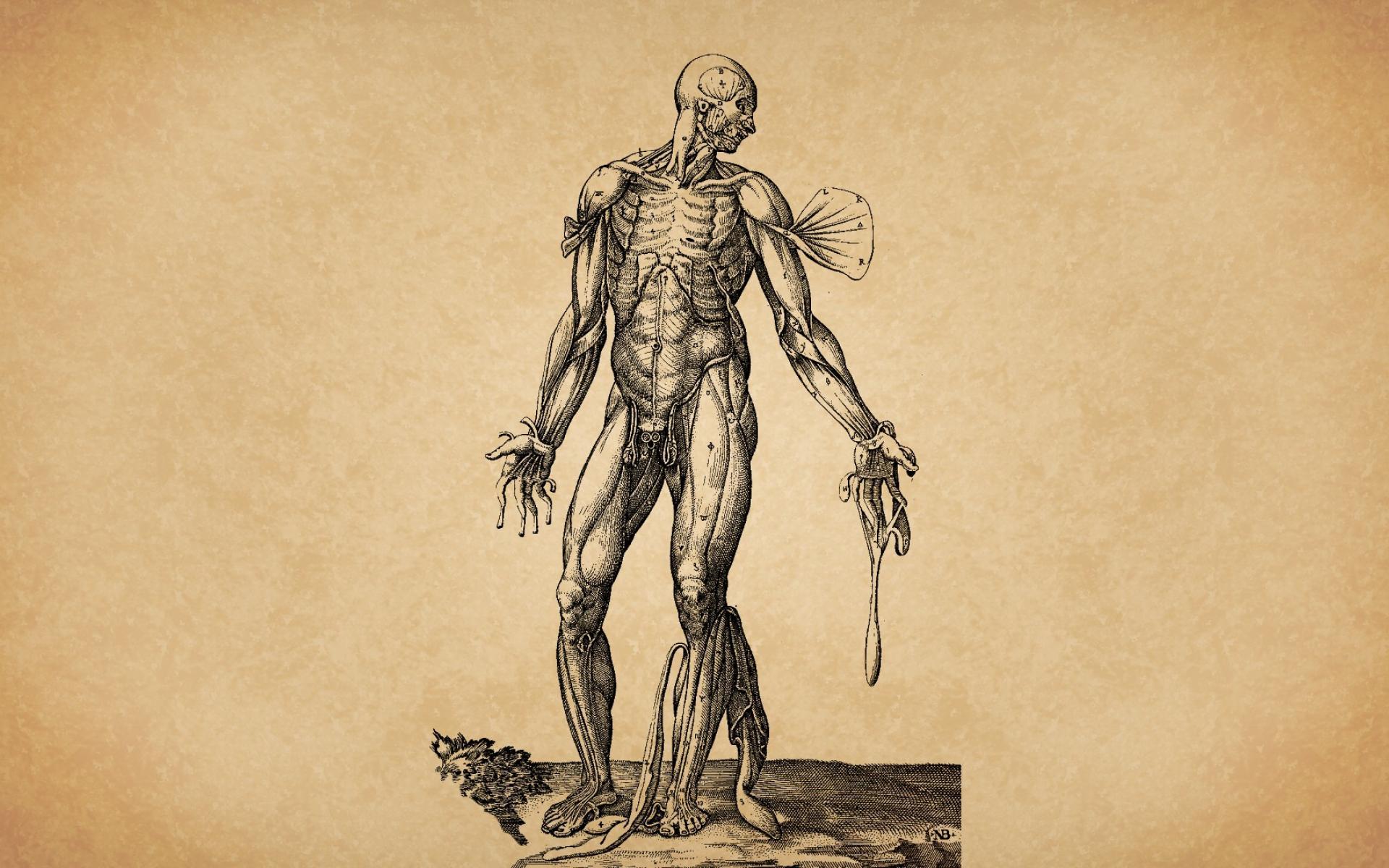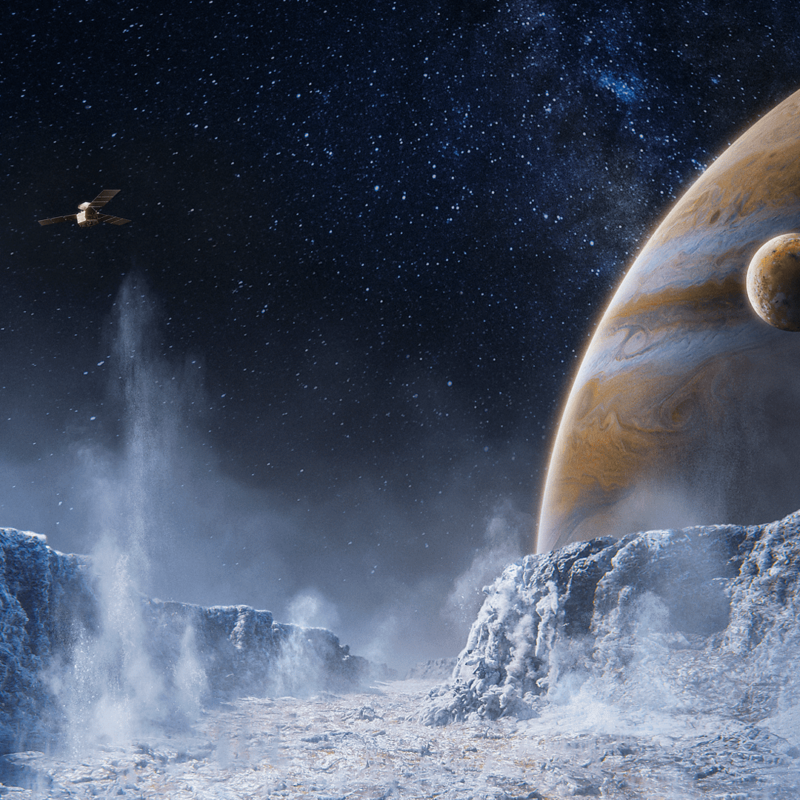description:
You live with it 24 hours a day. But how well do you really know it? These 32 lectures are your owner’s manual to a remarkably complex, resilient, and endlessly fascinating structure: the human body. Your guide is Dr. Anthony A. Goodman—surgeon, professor, and writer—who takes you step by step through the major systems of the body, explaining exactly how things work and why they sometimes don’t.
episodes:
In this lecture, we examine the functioning of the cardiac cycle. We also examine the functioning of the heart’s conduction system, the functioning of the valves (which produce the heart’s distinctive “lub-dub” sound), and possible complications, notably atherosclerosis.
This lecture examines the anatomy of the three vessel networks that circulate blood. We identify and describe the structure of the vessels that form these networks. Next, we examine the major circulatory routes for the blood: arterial and venous systemic circulation, pulmonary circulation, and hepatic portal circulation.
In this lecture, we examine the physiology of the large blood vessels—how they control blood flow, regulate blood pressure, and control bleeding when ruptured. We will also examine the composition of blood and the functions of each of its parts—plasma, white blood cells, and red blood cells.
This lecture examines the anatomy of the respiratory system. After studying the integration of the respiratory system with the circulatory system, we review the anatomy of the structures through which air enters the body and passes into the lungs.
We turn now to the physiology of the respiratory system. We examine the four areas where respiration occurs and the consequences of blocking this respiration. We review the physiology of the movement of gases into the lungs and of their exchange with waste gases. Finally, we turn to the central respiratory centers, and we examine some respiratory disorders and their treatments.
This is the first of seven lectures on the nervous system. We examine the anatomy of the brain—its principal components and its main anatomical divisions. Next we examine the divisions of the cerebrum and the functional areas of the cerebral cortex.
We turn now to the brain’s physiology. After considering how the nervous and endocrine systems work together, we review the functions of the nervous system and of nervous tissue. The main divisions of the central and peripheral nervous systems are reviewed. Finally, we distinguish afferent from efferent nerves and describe the categories of cranial and spinal nerves.
This lecture examines the anatomy and functions of the spinal cord. We review the reflex arc, which allows the body to react rapidly to changes in the external environment. Finally, the lecture examines the categories and locations of the spinal nerves.
We begin this lecture by examining the autonomic nervous system, which controls the body’s basic functions without conscious intervention by the higher brain centers. We distinguish between the parasympathetic nervous system, which promotes rest and recovery, and the sympathetic nervous system, which promotes “fight and flight.” Finally, we will review the 12 pairs of cranial nerves and their functions.
This lecture examines the eyes. We examine the anatomy of the eyeball, its coverings and functions, and the photoreceptors of the retina that allow us to perceive shades and colors of light. We also review the structure and functions of the lens, eyelids, lacrimal glands and ducts, and extrinsic eye muscles. Next, we consider how the eye perceives light and how the brain converts those perceptions into meaningful information.
We examine the anatomy of the organs of hearing: the external ear, the eardrum, the tympanic cavity, and the labyrinth. Next, the lecture reviews how these structures gather and transmit sound waves to the brain as nerve impulses. Finally, we examine the anatomy and functions of the vestibular apparatus, structures in the inner ear that govern balance.
This lecture examines memory and brain pathology and provides information about anesthesia and pain. First, we examine the nature, development, pathology, and mysteries of memory. We then examine kinds of damage to the brain and spinal cord and the results of such damage. We conclude by discussing anesthesia and referred pain.
This is the first lecture in a six-lecture examination of the digestive system. We examine the structures through which food passes before its conversion into nutrients for the body. We conclude by reviewing the four divisions of the stomach and its layers.
Having studied the anatomy of the mouth, esophagus, and stomach, we turn now to the processes of digestion, absorption of nutrients, and excretion of waste products. This lecture examines mechanical then chemical digestion. Next, we examine the three phases of gastric secretion, and the process of gastric emptying. Finally, we consider stomach and digestive disorders and their treatments.
This lecture examines the anatomy of the pancreas, liver, and gallbladder. First, we examine the gross and microscopic anatomy of the pancreas. We turn next to the liver. The location, size, and blood supply and routing of the liver are reviewed. Finally, the lecture examines the gallbladder and biliary tree—the duct system that drains bile from the liver into the gallbladder and the duodenum.
This lecture reviews the functions of the pancreas, the liver, and the biliary tree. The pancreas and liver secrete digestive juices and enzymes that aid in digestion and absorption. In this lecture, we review the components of the exocrine pancreas. After reviewing several pancreatic disorders, we turn to the liver and examine the various functions that it performs. We conclude with a review of common liver disorders.
This is the first of three lectures on the endocrine system, the glands that secrete hormones directly into spaces surrounding cells. We examine the functional differences between the endocrine and nervous systems, and the basic properties of hormones. Next, we look at the most important endocrine glands: the pituitary gland, the hypothalamus, and the adrenal glands.
This lecture examines the endocrine functions of the pancreas. As an endocrine organ, the pancreas produces insulin and glucagon. After reviewing the four cell types composing the endocrine pancreas, the lecture examines in detail several insulin-related disorders: two principal types of diabetes mellitus and hyperinsulinism.
This lecture examines the thyroid gland and the parathyroid glands. For each, we briefly review the gross and microscopic anatomy, its physiology, and the consequences of dysfunction. Thyroid dysfunction can lead to cretinism, myxedema, Graves’ disease, and other pathologies. Parathyroid dysfunction can lead to disorders including bony demineralization, high calcium levels, duodenal ulcers, kidney stones, and behavioral disorders.
This is the first of two lectures on the urinary system. We examine the anatomy of the kidneys, the ureters, and the bladder. We consider the kidneys’ major functioning unit—the nephron. The lecture concludes by reviewing the conduits through which urine passes before excretion from the body.
This concluding lecture on the urinary system examines the physiology of the urinary tract organs, especially the kidneys. The primary function of the urinary system is to maintain the body’s homeostasis. This lecture focuses on the physiology of the nephron and how it filters many of the blood’s components, reabsorbs some, and removes others. The lecture concludes by briefly reviewing the physiology of the ureters and bladder.
Lecture 25 is the first of three on the reproductive system. We examine the gross anatomy of the male reproductive system. The scrotum contains the testes, which produce spermatozoa. The lecture also reviews the functions of the prostate and Cowper’s glands, the process of erection and ejaculation, and the composition of the semen.
This lecture reviews the female reproductive system. We begin by reviewing the anatomy of the external female genitalia, and the vagina, uterus, fallopian tubes, and ovaries. Next we consider the physiology of the menstrual cycle, fertilization, and early pregnancy. Finally, we examine the anatomy and physiology of the breast, the risk factors and treatments for breast cancer.
This lecture examines the physiology of genetic inheritance. It begins by identifying the differences between DNA in somatic and germ cells and between genetic and inherited changes in cell DNA. Next, it distinguishes between types of cells and reviews allele inheritance and the sex chromosomes. We examine several developmental abnormalities related to digestion, respiration, and cardiovascular activity.
In this lecture, we will examine the physiology and physics of the muscles. There are three kinds: skeletal, smooth, and cardiac. The muscles are innervated by motor neurons, which stimulate them to contract. Nerves connect with target muscles by means of a neurotransmitter, which conducts the electrical stimulation from the nerve to the muscle across the synaptic gap. The lecture concludes by examining the physics of muscle contraction.
In this lecture, we examine how muscles operate as levers in conjunction with the bones. We review the names of the muscles, as indicated by their size, shape, orientation of their fibers, mechanical action, number of origins, origin and insertion points, function, and location.
In this final lecture on the musculoskeletal system, we examine the divisions and functions of the skeletal system. First, we consider the gross anatomy of the bones, marrow cavity, blood supply, and surface markings. Next, we examine the cells that compose the bones. Finally, the lecture reviews kinds of bone fractures and their treatments.
This lecture examines the body’s mechanisms for defense against invaders. The main components of the immune system are T-cells, B-cells, natural killer cells, phagocytes, and major histocompatibility complex antigens. The lecture also examines the ability of B-cells and T-cells to memorize past immunological responses and reviews clinical applications: transplantation surgery, HIV/AIDS, and autoimmune disease.
In this lecture, we will examine the subject of cancer. We will see how the fragility that allowed us to evolve has saddled us with susceptibility to mutations that can cause cancer. We examine environmental causes of cancer: chemicals, physical agents, and biologic agents, as well as the mechanisms that lead to the basic definition of cancer: failure to differentiate, potential to invade, potential to metastasize, and potential lethality. We will define some important terms.
SIMILAR TITLES:
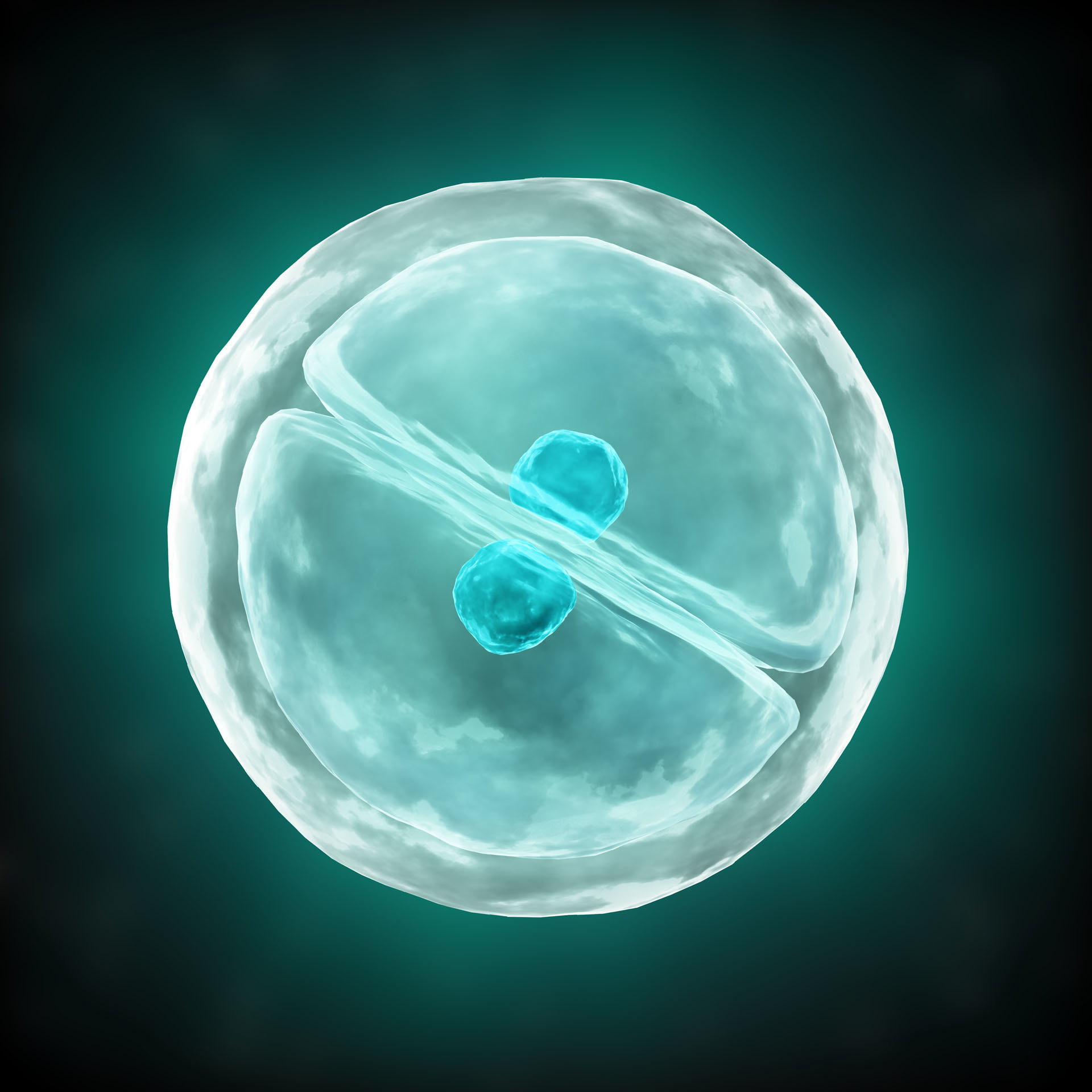 Biochemistry and Molecular Biology: How Life Works
Biochemistry and Molecular Biology: How Life Works
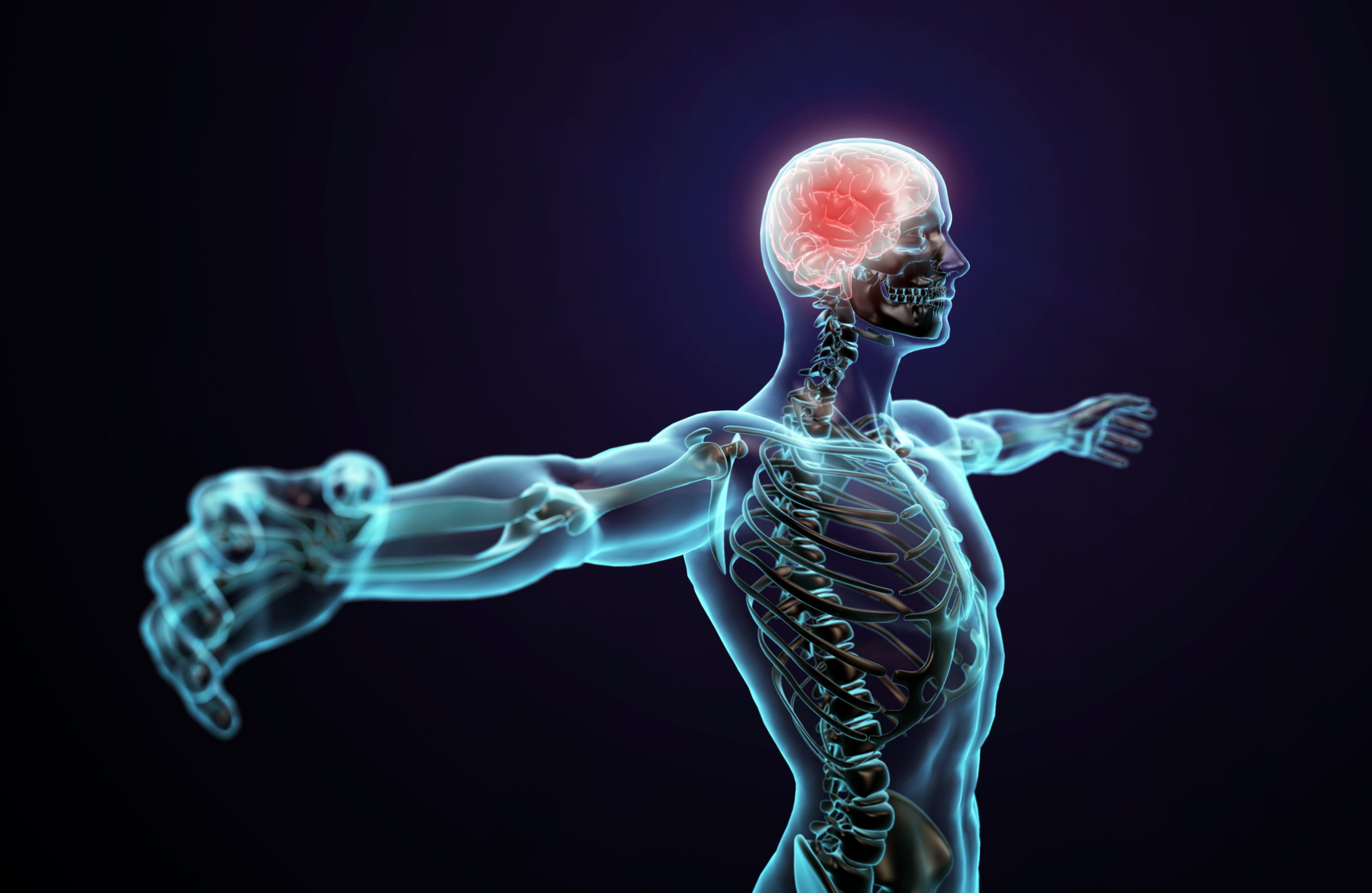 Human Body – How We Fail, How We Heal
Human Body – How We Fail, How We Heal
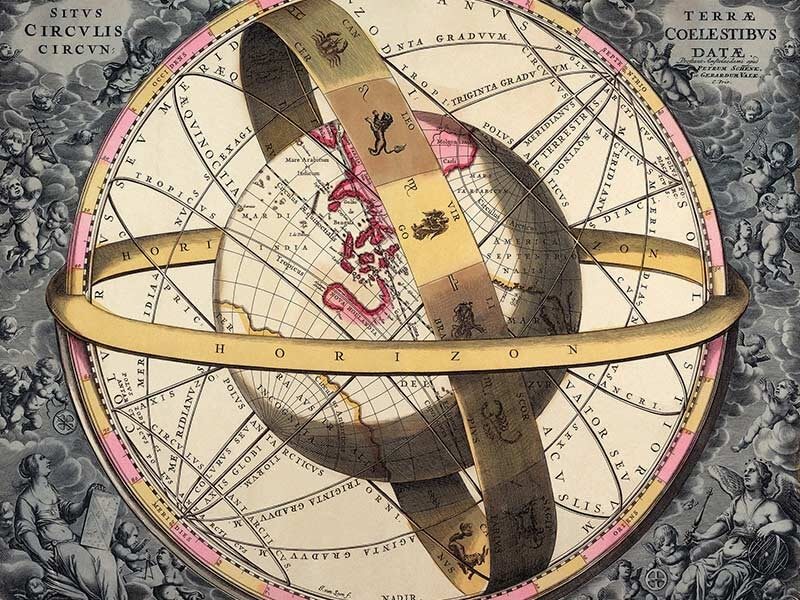 History of Science: Antiquity to 1700
History of Science: Antiquity to 1700
 Understanding the Universe: An Introduction to Astronomy
Understanding the Universe: An Introduction to Astronomy
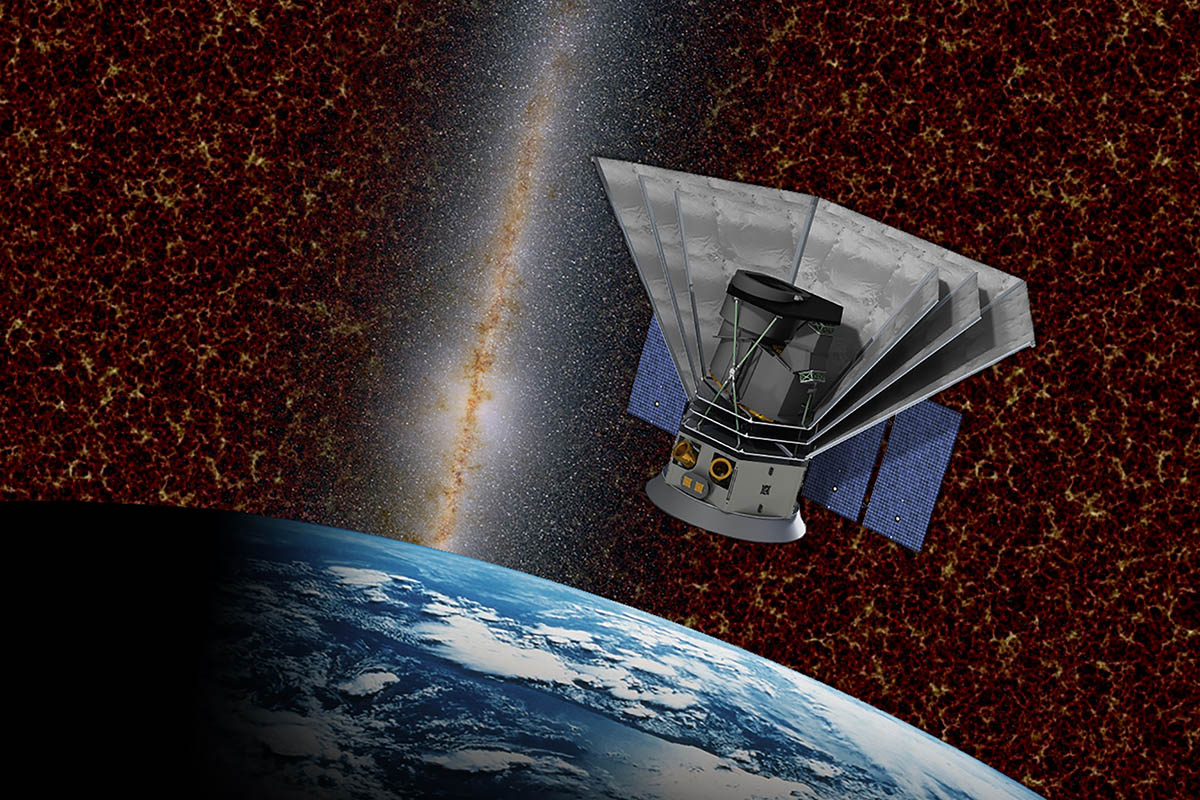 Big History, The Big Bang, Life on Earth and the Rise of Humanity
Big History, The Big Bang, Life on Earth and the Rise of Humanity
 Introduction to C++: Programming Concepts and Applications
Introduction to C++: Programming Concepts and Applications

